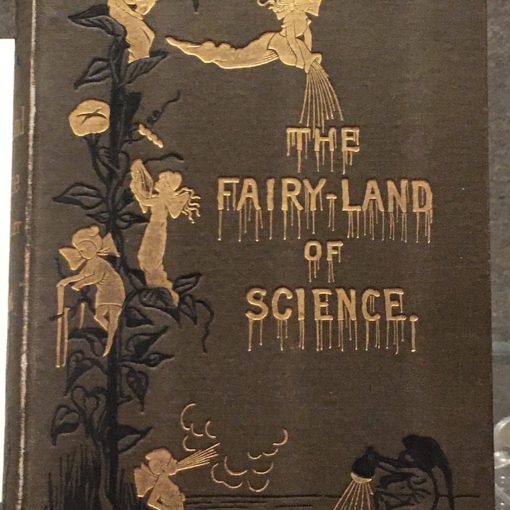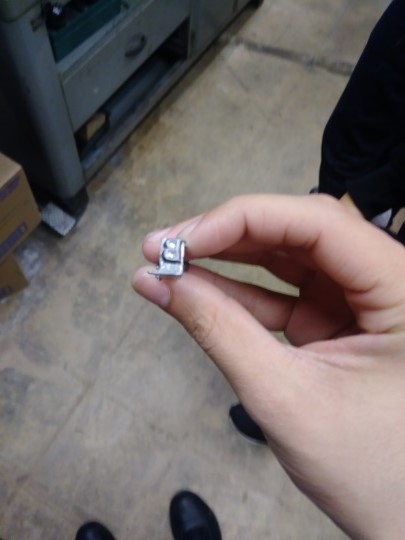A collection that was very interesting to me was the collection of Seth Kaller. His focus was on American History. He is interested on civil war, revolutionary war, and presidential history, He is mostly known for having a huge collection of political l archives and important documents signed by past presidents. A collection that took up most of his presentation was Alexander Hamilton’s, one of the founding fathers important documents and artifacts. In this collection, he has a very rare July 8th, 1776 Declaration of Independence imprint bound of Common Sense. Some of Hamilton’s personal letters such as a love letter written by himself to his lover Eliza. This collection also included a lock of Hamilton’s hair. When I asked Mr. Kaller how he collected this item, he was hesitant to tell me. This particular lock of hair was passed down through the Hamilton family. This broad collection includes material related to George Washington, Thomas Jefferson, John Hancock and every signer of the U.S constitution.
Something was most exciting for me to see was Albert Einstein childhood building blocks. This was interesting because the building blocks were still in great condition for being made in 1800’s. These blocks were influential to the development of Einstein’s creativity and influence on three dimensional figures. The price of the building blocks are $160,000. This artifact was bought and passed down through Einstein’s family. Mr Kaller also collected a personal letter from Einstein to his son on the importance of life. This intimate letter signed “Papa” in German,was to his son who was then in a psychiatric ward. This letter was on sale for $48,000. Seeing personal documents of those who I admire was interesting but somehow felt very personal. There is something very raw about these manuscripts. It binds the past and future perfectly and these rewarding feelings are what the fair is all about. It has the power to blend past and present, keeping these peoples hard work alive. Here’s the link to Seth Kallers website where you can purchase some of these special artifacts (https://www.sethkaller.com/).
On Friday, March 6, 2018 my classmates and I had the privilege of visiting the NY Antiquarian Book Fair. Upon entering, it is hard miss the elegant vicinity in which the event was held. The Antiquarian Book Fair that merches rare artifacts from maps, books, manuscripts and archives of first edition works. There are buyers and sellers who come all over the world to specifically showcase their rare findings. In broader terms, the fair can be looked at as a market of exchange. There is bidding and comprising over the importance and monetary value. Collectors spend their lives searching for things that interest them during a certain time period. They collect these artifacts and put them up for sell. Once they receive enough money from the sales, they will then collect more and this is how the process works. The market is intense and somewhat intimidating for those who feel their findings are worth more than the buyers budget.
Since collectors come from all over the world there is an intense market for special collections. First, there is a difference between collections and a personal library. A personal collection includes book acquired from many different ways and usually don’t specify in theme. More so, personal collections all over the place. Special collections are different because these collectors are interested in a certain period of history and reflect that through their art. Special collections is a focused attempt to amass a specific type of book, usually of a certain quality. People dedicate their lives into buying and collecting and this is what makes the fair so special. Before the actual fair begins, buyers and sellers get the opportunity to shop first. In other words, they get first dibs. This is where the bidding world begins, they compare prices, analyze each others works, and buy what they find to be more valuable in their collection than the person they bought it from. There are several factors that go into whether a book is in good condition or not and how much it is valued for. For example as we learned from Professor Jane Cleland, Books with library markings, which are referred to as “ex-library” are worth a tiny fraction of what they’re worth without those marks. Books that are being sold and traded should have minal markings and those in libraries value drops significantly. Another example Mrs. Cleland gave us was if a person has a book with the covers loose or detached, with wear, tear, taping, damp staining, etc., there’s a good chance that the book is worth very little.
While doing more research I began to understand why this fair was so important and why it is highly admired within the bookselling community. The Antiquarium Book Fair is established by the (ABAA) or the Antiquarian Booksellers’ Association of America in 1949. There are over 450 members across the the United States. Once you join this membership you are connected with other selling organizations around the world. In the Antiquarium Book Fair page describes what the event entitled by books, maps, documents, autographs, illuminated manuscripts, ephemera, and prints which span the economic spectrum. Each member and seller of different organizations united in a passion for books and related material, and have bound themselves to a Code of Ethics which guides us in our dealings with each other and our customers. Which means respect for each others properties and special collections. This event is for people who are passionate about collecting and want to share their findings with others who share the same passion.





